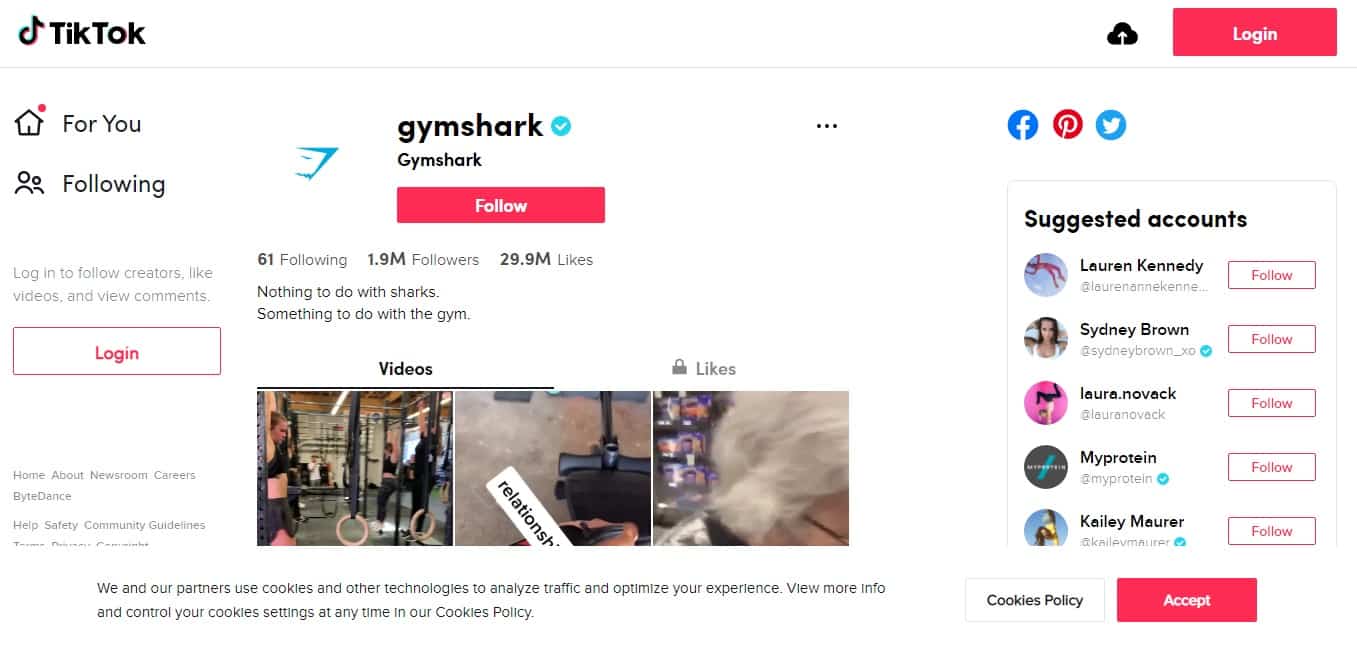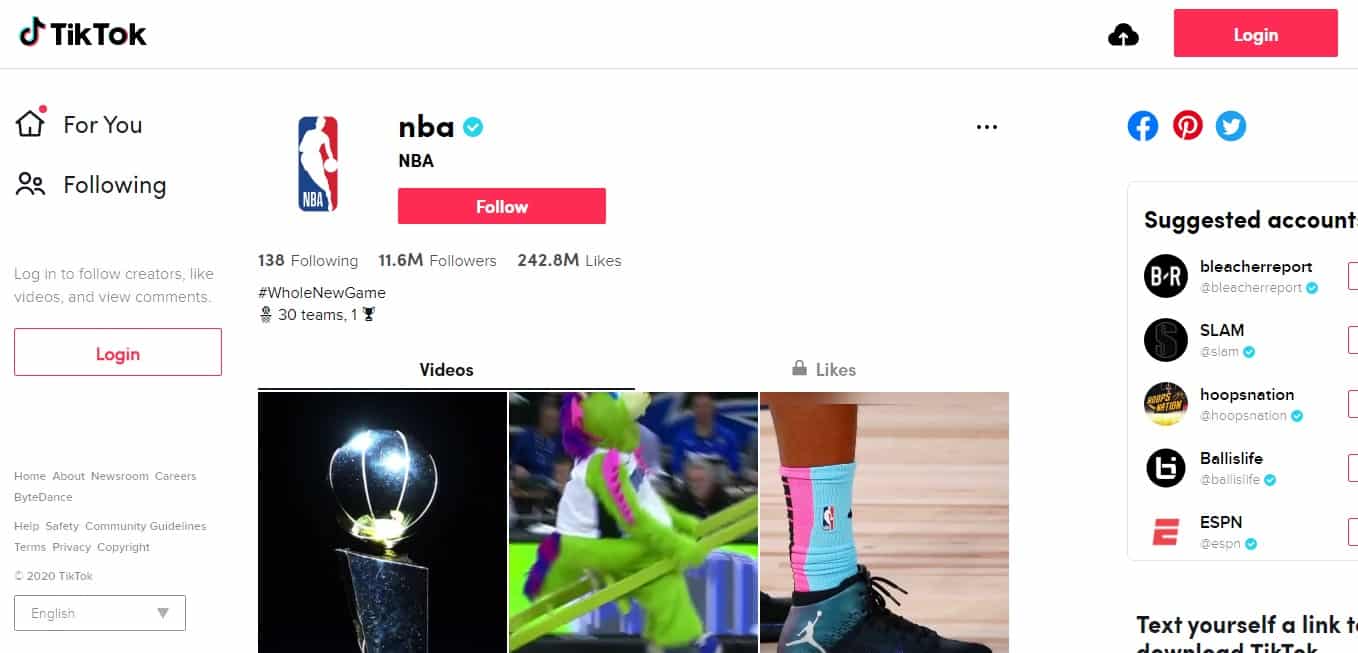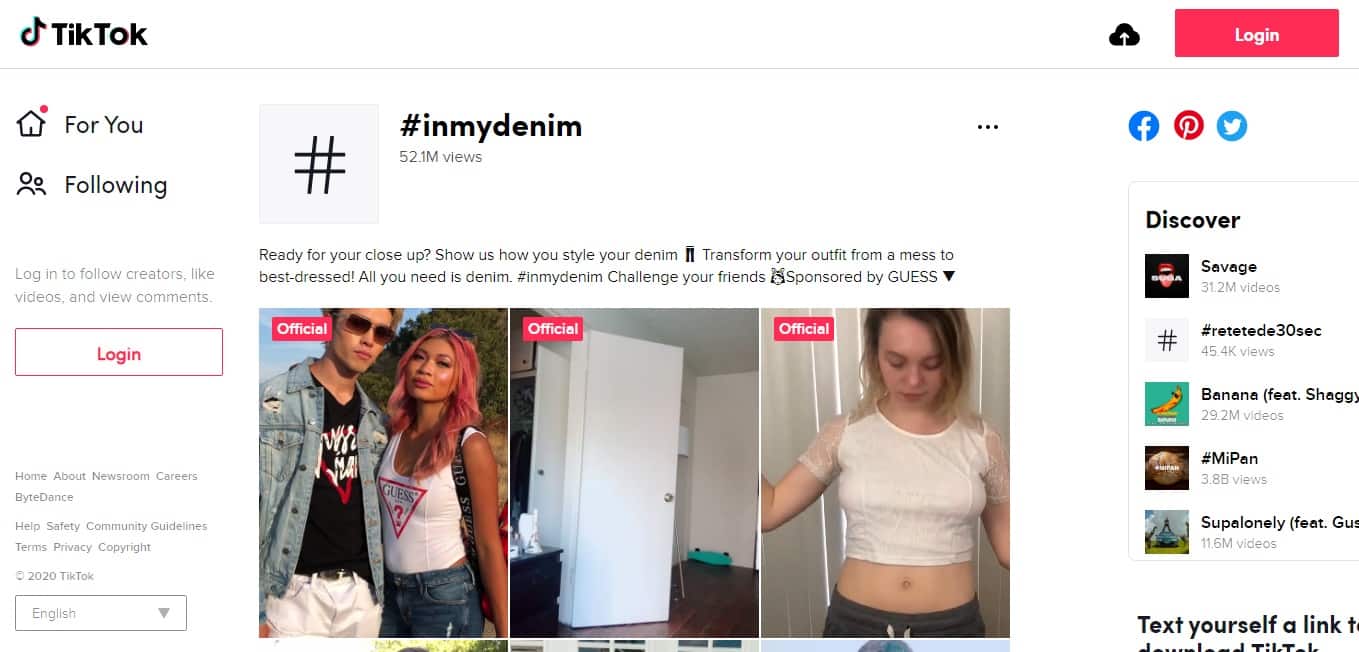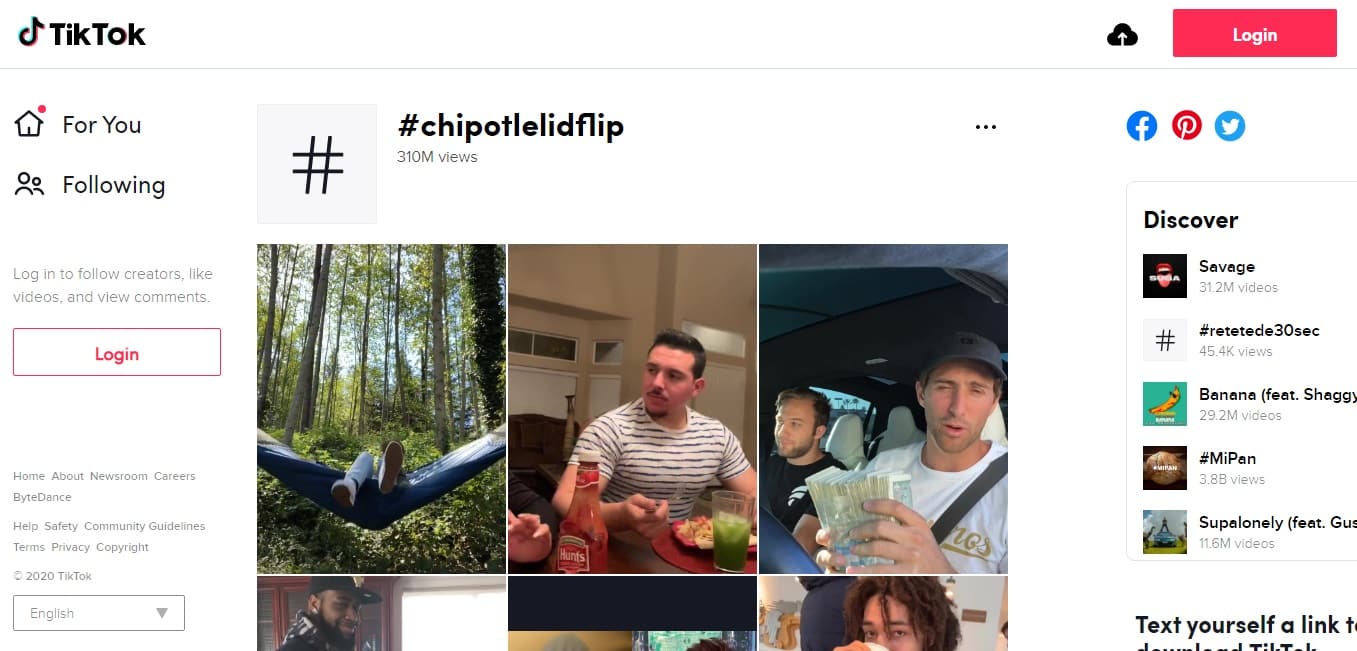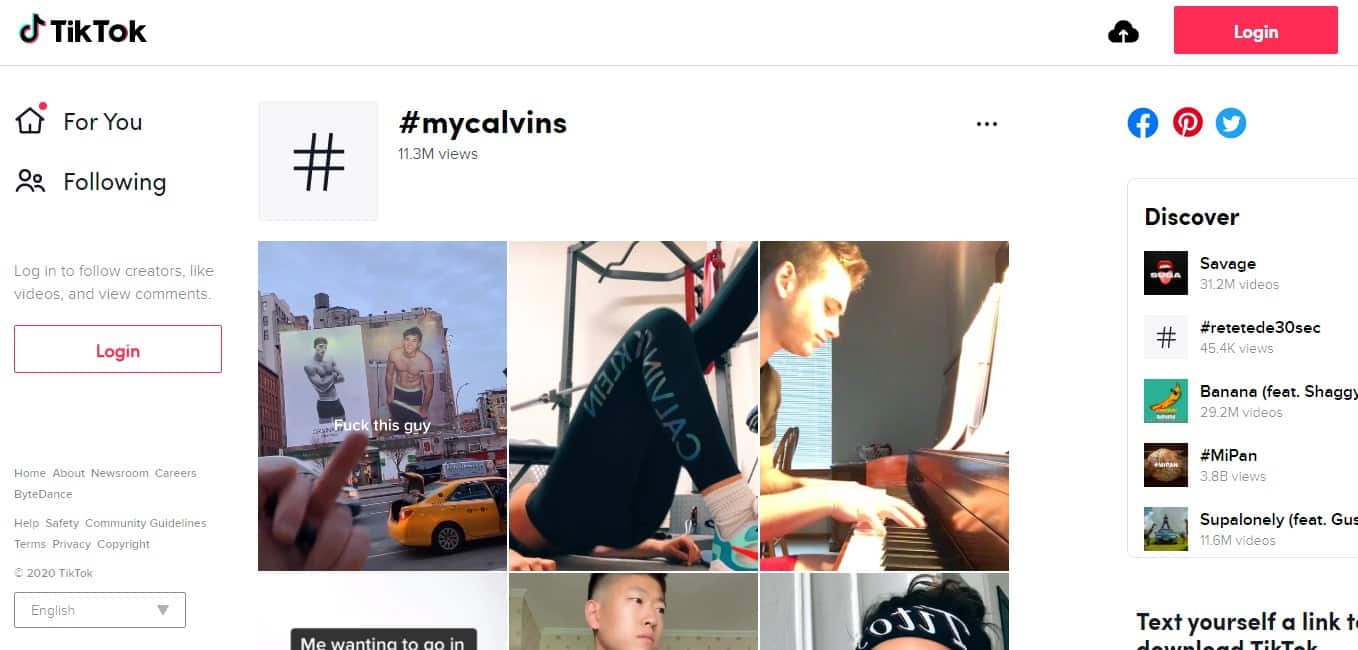This article has been contributed by Umer Bilal.
When first starting up your business, you absolutely have to nail the branding. You need to create a strong identity for yourself from the very beginning in order to make a lasting impression on the customers you want to attract.
A business’s brand identity needs to be consistent across all media – from print to web, and all platforms – from its website to social media ads. For brands that operate mainly online, a website design agency can help you with your brand identity or you could hire a graphic designer.
A key part of a business’s brand identity is its logo – but do you know the basic dos and don’ts of creating a logo?
What is a Logo?
In simple terms, logos are symbols that are made up of images or text that help customers identify brands. A great logo will be the cornerstone of your brand and will help customers (and potential customers) understand what you and your business do, who you are and what you stand for.
The most important function of your brand logo is to give your company or organization a unique mark that will set you apart from other businesses (AKA your competitors). A good logo will also provide your customer base with important information about your company – it can communicate what product or service you are providing, what industry you exist in, your brand values and sometimes even your brand values.
Logos are an important aspect of branding, especially when you first start your business. Creating a logo is so much more than just throwing shapes, colors and fonts together to look nice. You need a logo that represents your brand’s true identity.

We’ve put together helpful dos and don’ts that will make sure you stand out from the competition and make a name for yourself in your industry.
When Designing a Logo, Do:
1. Research and Define Your Audience
One of the purposes of your logo and your brand is to attract your main target audience. Your logo needs to look appealing to them. While you may think specific fonts or colors look good, your customers or potential customers may not feel the same way. If your logo doesn’t catch the attention of your customers or clients, you’ve gone in the wrong direction.
Define your audience as your first step in the logo-making process. Research their interests and online habits so that you can create the perfect logo that is guaranteed to catch their eye.
A good way to do so is by investigating your competitors’ follower base. Study each user’s social media profile to learn what type of content they engage with the most. Go in-depth to find who they follow and what type of feeds those profiles have. If your targeted users are following a majority of clean, minimal feeds, that may be the direction you should go.
2. Make Sure It’s Legible
Logos are supposed to be easy to read. If you’ve created a logo but people can’t read it, it’s time to rethink your chosen font. Your customers may look at your logo and see a different name to what you intended, and this will cause confusion. Keep your typography simple and easy to read, staying away from complicated or overly intricate fonts.
Paying close attention to your fonts will play a strong role in ensuring your logo is legible to all. No matter what type of font you choose, whether it’s strong and bold or whimsical, the font is what will create that first impression on your audience.
When logos are hard to read, customers are often deterred from interacting with the brand. You can be creative, but make sure that the masses are able to read your logo. After all, you wouldn’t want to buy products from a brand whose name you don’t even know!
3. Plan For Different Sizes
While you may only need your logo to appear on business cards, social media pages, or your website, this would only be in the initial stages of setting up your business. You need your logo to be future proof so that if you need to increase the sizing of your logo, say for billboards or posters, the quality of the logo isn’t affected. Your logo needs to look perfect even when scaled!
Test out your logos in different sizes to make sure that quality is not lost when the time comes to enlarge (or shrink) your logo.
4. Design Multiple Variations
When working on your logo designs, create different color variations and orientations. Your logo needs to be able to be placed on anything without any struggle so you should be creating vertical, horizontal and square versions of your logo as well. Having various color options is a necessity as well, to ensure your logo can be placed on different backgrounds. This will also prevent any printing limitations in the future.

This step is often overlooked in the logo-making process. People are quick to overlook the necessity for different sizes because of the assumption that everything is digital. While digital marketing is trending upward, you must not overlook the fact that traditional marketing is still in play. Large billboards and posters are still very eye-catching, even in 2020.
Using print media also allows you to reach a newer audience – this could be those older age groups who don’t spend too much time online or on social media. If you do decide to advertise using posters or billboards, plan in advance! Make sure your logo looks great no matter what format you choose to advertise your products with.
5. Be Mindful of Taglines
When creating your brand identity, a tagline is an important aspect of showcasing your personality. If you intend on including this tagline in your logo, ensure that the tagline is shorter than the business name to avoid a crowded or busy-looking logo. When choosing fonts, use a thinner font for your tagline so that attention goes to your brand name first.
Taglines are a great way to express your creativity and showcase your brand’s true identity. You want your tagline to create a story without being too complex and tedious to read. Your brand tagline should be catchy and easy to remember.
Brands such as Nike, McDonald’s and L’Oreal are great examples when looking at successful taglines or slogans. Today, they’re easily recognizable just by those famous short words.
6. Pay Attention to Color Theory
Similar to the way that fonts create an impression, colors tend to evoke different emotions and feelings when viewed. Study the psychology of color to learn what emotion is evoked from each color.
For instance, fast-food restaurants tend to use yellow and red tones as those are known to evoke hunger. Blue brings out a feeling of peace, calmness and a sense of trust – many social media platforms have blue in their branding or logos for this reason.
What emotion do you want your customers to feel when they look at your logo? Once you establish this, you can choose the right colors for your target audience.
While yellow is known to evoke hunger, it also evokes happiness and optimism. Green can evoke a sense of nature and personal growth; pink evokes compassion and love, while purple is typically associated with royalty and spirituality.

Color theory in branding is just as important as choosing your fonts. You need to be sure of what emotions you want your customers to feel and use the appropriate colors to do.
So, we’ve established 6 steps to ensure you do take when designing a logo – but what about things to avoid doing at all costs? Here they are….
When Designing a Logo, Don’t:
1. Make it Too Detailed
As we mentioned before, logos aren’t meant to be complicated or intricate. Simplicity is key!
Avoid using too many colors or making it look like an expensive work of art. Having too many words in your logo or combining multiple fonts will be too distracting and will result in people focusing on the wrong aspects of your logo. Adding too many elements will also affect the scalability of your logo.
Details are often great when it comes to marketing in general – but you need to know when to hold back. Logos aren’t supposed to be intricate designs. They don’t require hours of detailed sketching. Save the details for your website design instead! Focus on simplicity for your logo.
2. Copy Other Brands
Copying other brands or companies is clear plagiarism and will get you a lot of negative publicity. The purpose of branding is to set yourself apart from the competition. If you want to stand out in the crowd, you won’t be able to do so by copying other brands.
While it may be an obvious statement, it is important to remind newer companies to stray away from copying existing successful brands. Taking inspiration and imitating are completely different things. It’s also a bad way to start getting your name out into the industry.
If your first step into the market is met with backlash and negative publicity, it sure won’t do you any favors. It also has the potential to get you into a lot of legal trouble.
3. Switch Things Up
Logos do not need to be updated regularly like your marketing strategy needs to be! Consistency is so important when it comes to logos. If you’re constantly changing or revamping your logo, it can actually deter customers and could cause some to not even recognize your logo if you happen to make drastic changes.
Look at the McDonald’s logo. The two yellow arches have been a consistent symbol for the brand since 1961 and has become iconic.

While Coca Cola has undergone some logo changes since its inception in 1886, for the most part, the branding has remained consistent since they found their voice. You can see below that they strayed from their prior brand identity in 1985, renaming from “Coca Cola” to “Coke” and changing the logo font quite significantly. However, the brand quickly reverted back to the previous name and font and haven’t changed these aspects of their logo since.

4. Forget To Ask For Opinions
It’s important that you ask for opinions from other people. Your logo may have a double meaning which you may not be aware of. You would have had one specific vision in mind when creating it – but this may not translate well to your audience. Before launching, make sure your brand vision translates well to your market.
If it’s a suitable option, invite a group of people (this should include your target customers) and show them multiple logo designs. Show them your first concept, any in-between, and the one that you believe is right for your brand. Ask for suggestions on how you can improve your logo.
Opinions from your customer base can really help you find your true voice, even if you think you’ve already nailed it. Remember, just because something works, that doesn’t mean it can’t be improved!
5. Follow Trends
Trends are constantly changing and if you follow a trend when designing your logo, your branding may appear outdated within a year or so. With social media especially, our internet habits are constantly evolving. While we may be interacting with certain memes today, we/ll probably forget about them tomorrow.
Trends are great to keep an eye on for marketing purposes but serve no use when it comes to your branding and creating a logo. For instance, if this was 2013 and you decided to use the popular ‘Doge’ meme for your logo, your logo wouldn’t appeal to a large audience in a matter of years.
6. Be Too Literal
Logos are fun and colorful! Being too literal with your design may result in something that appears too complex or even too boring. If you run a restaurant, there’s no need to incorporate an actual restaurant setting into your logo. Try to be as original and creative as possible.
Being too literal and detailed with logos will result in a very crowded and distracting logo. Your visual identity needs to be simple, eye-catching and colorful enough to deliver your message upon first glance. If you were to look at a logo and be overwhelmed by information, you would automatically focus your attention elsewhere.
Keeping your logo clean and simple is such an important factor in getting people to notice your brand – they won’t be able to do that if you force too much information into a tiny space.
_
About the author: Umer Bilal is an SEO Executive at Grafdom.
